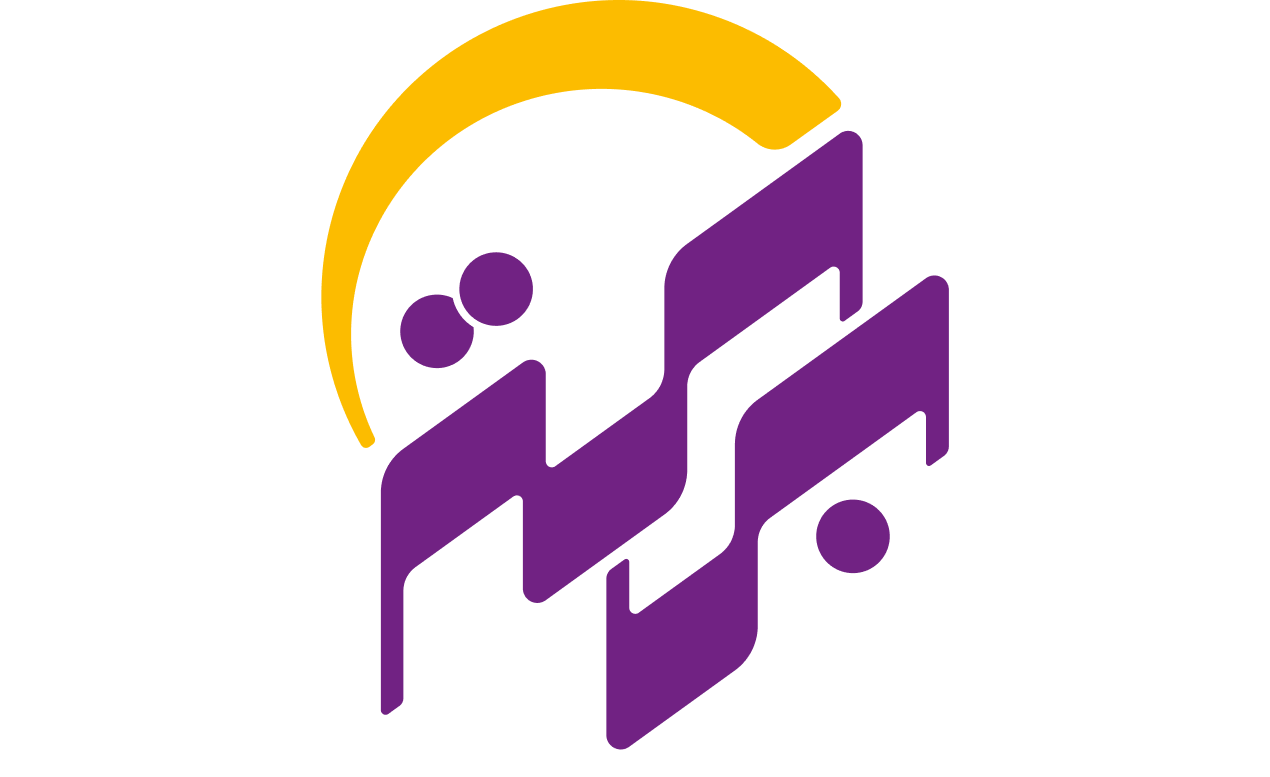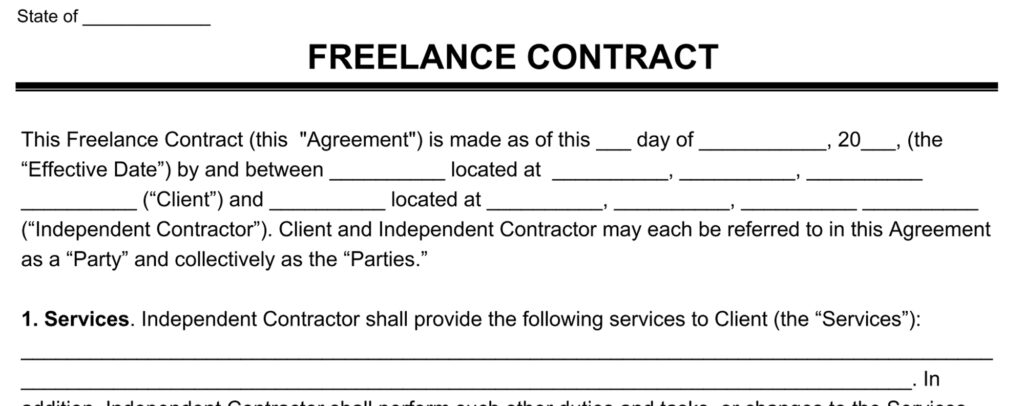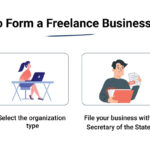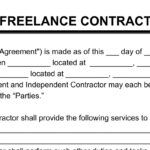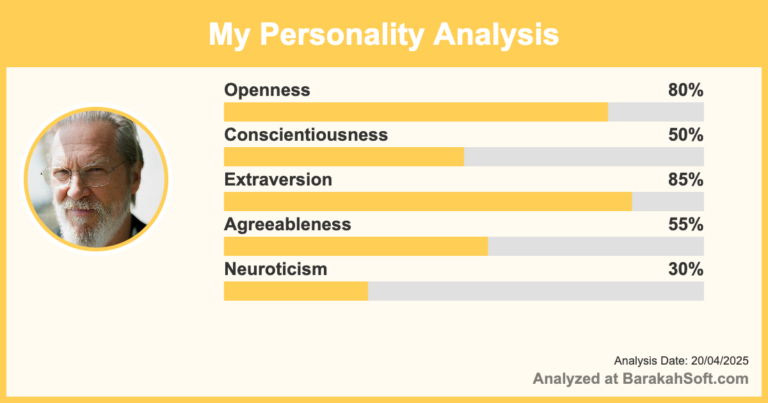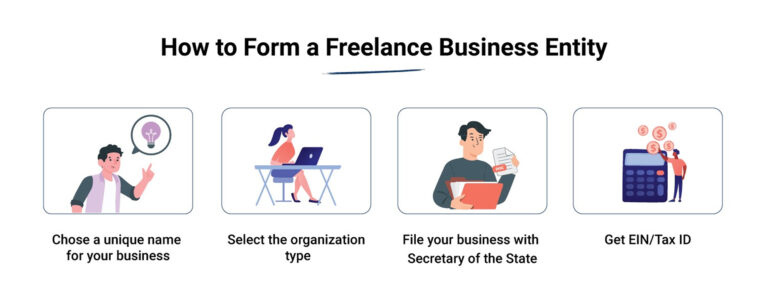If you’re freelancing without a contract, you’re leaving yourself wide open to problems. Late payments, endless revisions, scope creep—it all becomes harder to fight if there’s no written agreement. But here’s the thing: most freelance developers either use nothing or grab some bloated legal template they don’t understand.
You don’t need a 20-page contract. You just need a short, clear agreement that protects your time and defines the rules. This post breaks down what to include, why it matters, and gives you a sample you can tweak and reuse.
Why You Need a Contract (Even for “Small” Projects)
Many developers skip contracts when the project seems simple or the client seems friendly. That’s a mistake. Some of the worst scope and payment issues happen on small jobs—because expectations weren’t clearly set.
Here’s what can go wrong without a contract:
-
The client keeps asking for “one more thing”
-
You thought payment was due upfront—they thought it was due at the end
-
The project drags out for months with no deadline
-
The client ghosts you after final delivery
-
You argue over who owns the code
A contract won’t stop these problems from popping up, but it gives you a way to point back to what was agreed.
What to Include in a Freelance Developer Contract
Keep it short, simple, and clear. These sections are the minimum you should always include.
1. Scope of Work
This is the single most important section. Spell out what’s included—and what’s not.
Bad example:
“Build a website.”
Good example:
“Develop a 5-page responsive website using React, including homepage, about page, contact form, services page, and blog index. Does not include blog content or SEO setup.”
Add bullet points if needed. If the scope changes later, you can agree to a change order or addendum.
2. Timeline and Deadlines
Vague delivery dates lead to frustration. Include:
-
Project start date
-
Key milestones (if any)
-
Final delivery date
-
Buffer time for feedback/revisions
Also define what happens if the client is late with feedback or content. For example: “If feedback is delayed more than 3 business days, final delivery date will shift accordingly.”
3. Payment Terms
Be specific. Include:
-
Total price or hourly rate
-
Payment schedule (e.g., 50% upfront, 50% on delivery)
-
Due dates for invoices
-
Accepted payment methods
-
Late fees (if any)
This avoids misunderstandings like “I thought I’d pay after the whole thing was done” or “I didn’t know I had to pay for the first revision.”
4. Revisions Policy
Revisions are where a lot of time gets lost. Set clear limits.
Example: “This project includes up to two rounds of revisions. A revision is defined as a list of changes submitted within five days of delivery. Additional revisions will be billed at $X/hour.”
Make sure you define what counts as a revision vs. a new feature.
5. Termination Clause
What happens if either side wants to walk away before the project is done?
Example: “Either party may terminate the agreement with 5 days written notice. Work completed up to the termination date will be invoiced accordingly.”
This protects you if the client pulls the plug midway—and gives them peace of mind too.
6. Ownership and Rights
This is often overlooked. Who owns the final code? When?
Typical setup: “Client will own full rights to the final delivered code upon full payment. Developer retains the right to showcase work in portfolio unless otherwise agreed.”
Avoid handing over full rights before you’re paid. And don’t forget to clarify ownership of any third-party libraries or templates used.
7. Confidentiality and NDA (Optional)
For most small projects, this isn’t necessary. But if you’re working on a product with sensitive data or a pre-launch startup, it might be worth including a basic non-disclosure clause.
You can also sign a separate NDA if the client prefers.
Tools to Use
You don’t need a lawyer or fancy software to create a usable contract. Here are a few tools that make it easy:
-
Bonsai – Has editable contract templates built for freelancers
-
Notion – Great for sharing readable agreements in a modern format
-
Google Docs + PDF Export – Works for almost everyone, easy to edit and share
-
HelloSign / DocuSign – For getting electronic signatures
Always send a PDF for signature. Never rely on a casual email like “Yeah that sounds good.”
Simple Sample Contract Template
Here’s a condensed version of what you can use and customize:
Freelance Development Agreement
Client: [Client Name]
Developer: [Your Name]
Start Date: [Date]
Project Scope: [Brief but specific description]
Timeline: [Start date, milestones, final delivery date]
Payment Terms: [Rate, payment schedule, due dates]
Revisions: [e.g., Up to 2 rounds, defined timeline]
Termination: [Termination terms]
Ownership: [Code ownership and usage rights]
Signed:
[Client Name] – ___________________________
[Your Name] – ___________________________
Final Tips
-
Don’t start work until the contract is signed and the deposit is paid.
-
Always assume things will go wrong—and write your contract to protect yourself.
-
Keep it simple. Clear language > legal jargon.
A good contract makes you look professional and keeps your freelance business healthy. It’s not about avoiding trust—it’s about creating clarity. Every serious freelancer uses one. You should too.
- Who Owns the Code After a Client Project Ends?
- How Much Should a Freelance Developer Charge in 2025 (After Expenses & Taxes)?
- How to Handle Revisions as a Freelancer Without Losing Time
- What Clients Look for in a Remote Web Developer
- Top 5 Freelance Marketplaces for Developers (Ranked by Payout)
- How to Price Your Freelance Developer Services in 2025
- How to Start Freelancing in 2025 with No Experience (Step-by-Step Guide)
